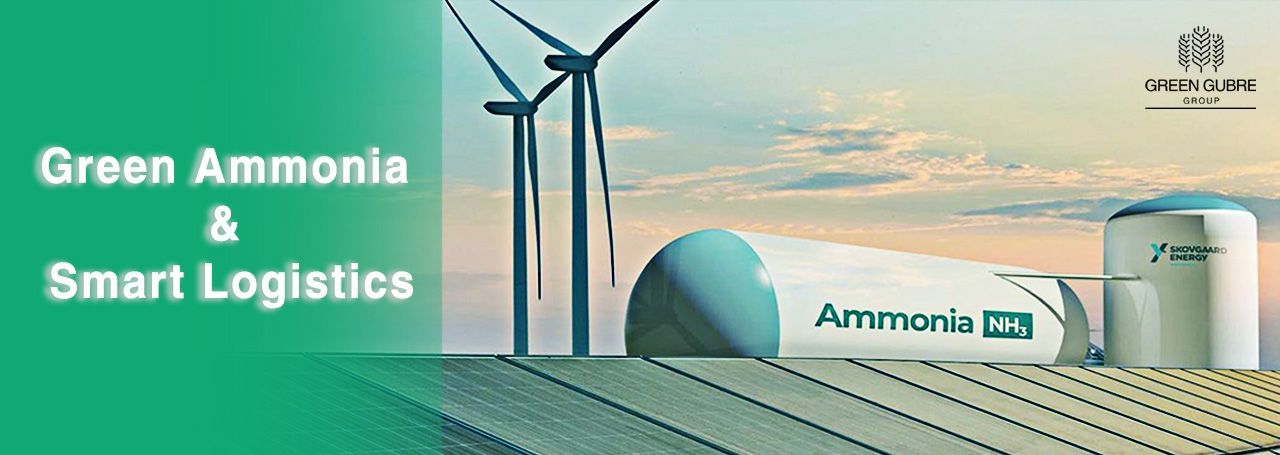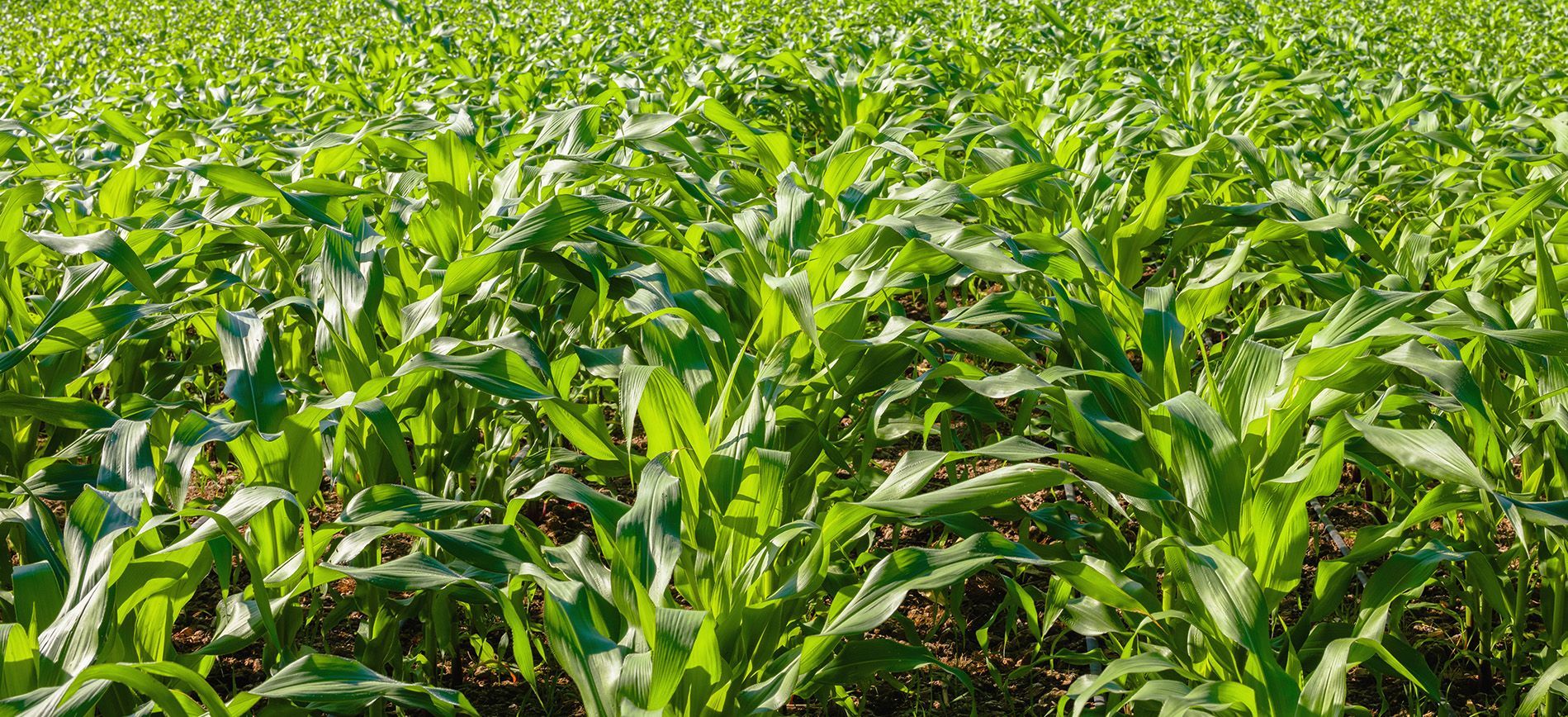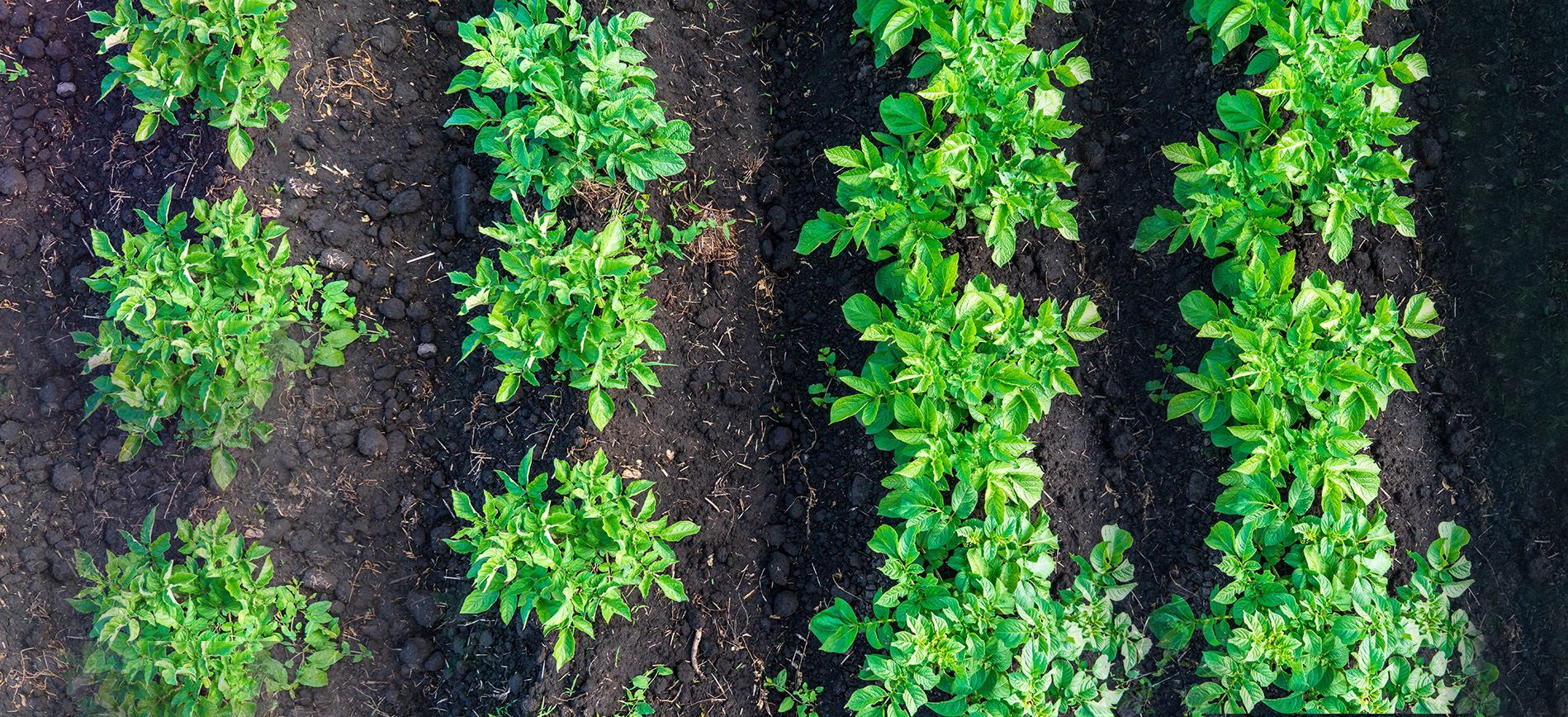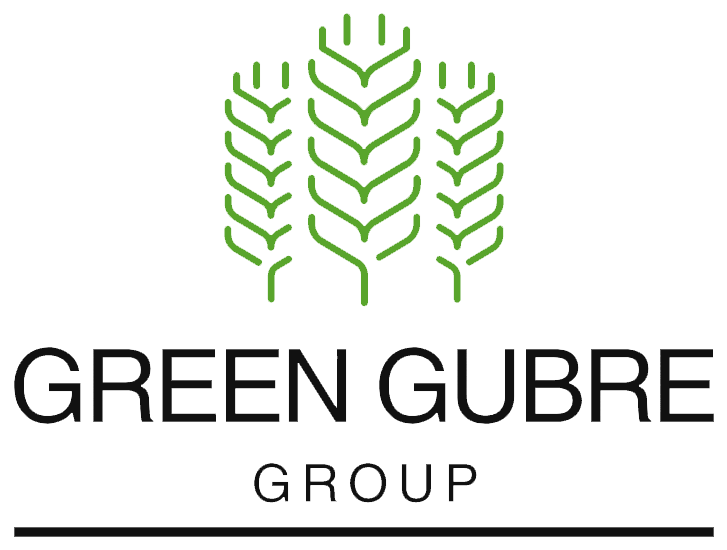Green Ammonia and Smart Logistics – The Future of Sustainable Fertilizer Trade
Green Ammonia and Smart Logistics – The Future of Sustainable Fertilizer Trade

The Dual Frontier of Innovation
The global fertilizer industry is undergoing a radical transformation driven by scientific breakthroughs in green ammonia and logistics innovation designed to improve efficiency, reduce emissions, and meet CBAM and ESG criteria. In 2025, these two trends will no longer be parallel—they will converge.
From electrolyzer-powered ammonia plants to blockchain-enabled fertilizer shipping routes, the industry is on the brink of a new era, with potential for growth and innovation. This blog delves into how these two scientific and operational frontiers are shaping the future of fertilizer production, trade, and sustainability, sparking optimism and excitement among industry professionals.
1. Green Ammonia: Clean Chemistry for a Carbon-Conscious World
Green ammonia—produced using renewable hydrogen (from water electrolysis) and nitrogen—is emerging as the cornerstone of low-emission fertilizer production. Unlike traditional ammonia (produced using fossil fuels), green ammonia dramatically reduces greenhouse gas emissions.
Key Scientific Advances in 2025:
- PEM & Alkaline Electrolyzers: More affordable, scalable technologies accelerating hydrogen generation.
- Hybrid Solar-Wind Hydrogen Plants: China, India, and MENA countries are pioneering integrated production.
- Catalyst Innovations: Enhanced nitrogen fixation rates improve energy efficiency.
Strategic Implications:
- Helps producers comply with EU CBAM and carbon taxes.
- Opens new trade lanes for certified low-carbon fertilizers.
- Attracts green financing and ESG-linked investment.
2. Fertilizer Logistics 4.0 – Tech-Driven, Transparent, and Resilient
Intelligent logistics is revolutionizing how fertilizers are shipped, stored, and delivered, particularly across complex regions like Africa, India, and Southeast Asia. This emphasis on efficiency and transparency in the supply chain provides reassurance about the industry's progress, instilling a feeling of security and confidence among industry professionals.
Key Innovations:
- IoT & Real-Time Tracking: Temperature, moisture, and location monitoring for sensitive fertilizers like urea and ammonium nitrate.
- Blockchain Smart Contracts: These digital contracts in India and parts of Africa ensure secure and transparent fertilizer trade and subsidy distribution. They provide a tamper-proof record of transactions, enhancing trust and reducing the risk of fraud in the supply chain. Blockchain technology, known for its security and transparency, is revolutionizing the fertilizer trade by providing a secure and tamper-proof record of transactions, thereby enhancing trust and reducing the risk of fraud.
- AI-Powered Route Optimization: This technology cuts transit costs and emissions and is particularly useful in congested regions like Latin America and South Asia.
- Modular Port Storage Units: Emerging in Africa (e.g., Lome, Mombasa) to support regional fertilizer hubs.
3. The Intersection: Where Science Meets Supply Chain
When green ammonia meets smart logistics, the entire fertilizer value chain is elevated:
- Carbon Transparency: Real-time carbon tracking from factory to farm.
Export Competitiveness: Countries like Turkey, India, and Morocco gain trade advantage with cleaner fertilizers and certified logistics. - Import Reliability: Africa and Latin America benefit from digitally optimized supply lines and lower fertilizer loss.
This integration also supports 'CBAM readiness', a term referring to companies' preparedness to comply with the EU's Carbon Border Adjustment Mechanism. CBAM is a key policy initiative to ensure that imported goods are subject to the exact carbon pricing as those produced within the EU, thereby preventing carbon leakage and promoting global climate action. It also encourages supply chain resilience and climate-smart agriculture across key emerging markets.
4. Strategic Outlook: Who Benefits, Who Leads
- Leaders: Companies integrating green ammonia production and logistics tech (especially in India, China, and Europe) are paving the way for a more sustainable and efficient industry, inspiring and motivating others to follow suit.
- Beneficiaries: Import-dependent regions—Africa, Latin America, Southeast Asia—gain better access to affordable, sustainable fertilizers.
- Investors: Green infrastructure, shipping tech, and carbon-traceable fertilizers are becoming priority sectors for ESG investment funds.
Conclusion: Transforming the Fertilizer Industry, One Molecule and Shipment at a Time
The future of fertilizers lies at the intersection of science and logistics. Green ammonia ensures production aligns with global climate targets, such as the Paris Agreement's goal to limit global warming to below 2 degrees Celsius. The Paris Agreement, a landmark international treaty, sets out a global action plan to put the world on track to avoid dangerous climate change by limiting global warming to below 2 degrees Celsius. Smart logistics guarantees timely, traceable, and cost-effective delivery. Together, they shape the next growth phase for the worldwide fertilizer trade, especially for exporters, investors, and governments focused on food security and decarbonization.
References
- IEA – Green Ammonia as a Low-Carbon Fertilizer
- ICIS – Fertilizer Supply Chain and Logistics Outlook
- World Bank – Digital Agriculture and Input Logistics
- Fertilizer Institute – Sustainability in Fertilizer Logistics
- Argus – Global Ammonia Market 2025 Insights
- CRU Group – Green Ammonia and Fertilizer Trends




